Be aware and Be seen


Cyclists share the roads with many other road users, but of all road users cyclists are the most vulnerable.
Walkers and runners spend less time on the road. Usually they face oncoming traffic and can see a potentially dangerous situation as it approaches. They are less likely to have to change course to avoid a pothole or other obstruction at the same moment as traffic is passing, and can easily step off the road when necessary.
Cycling road safety falls into two areas of responsibility.
- Other road users awareness
- Cyclists taking responsibility
1 – Other road users awareness
Drivers of cars, trucks, busses etc. need to be as aware as possible of cyclists. They need to be conscious of the speed cyclists are capable of travelling at, the potential that cyclists may have to change course to avoid obstacles or even get blown slightly off course by a crosswind. The ‘staying alive at 1.5’ campaign is currently doing fantastic work at highlighting this issue and I would encourage all cyclists to sign the petition asking politicians to make it law that drivers will have to allow 1.5 meters when overtaking cyclists. The petition can be found here
Whilst drivers may believe that they see everything on the road or cyclist may believe that it would be impossible for a driver to not see them, both are incorrect.
You see what you look out for and often completely miss something that you are not focussed upon.
Take a look at this video as an example ;
To eliminate most accidents with cyclists, drivers should
- Always be on the look out for cyclists
- Allow 1.5 meters when overtaking cyclists.
2 – Cyclists taking responsibility
Cyclists must always realise that they are responsible for their own safety. There is no point being in the right and ending up in a hospital. Expect drivers to make mistakes, be prepared and allow for it.
- On roundabouts and junctions if you do not make eye contact with the driver take it that they do not see you and act accordingly.
- Don’t break the lights. They are there for a reason and it only frustrates and alienates other road users.
- Be visible. Bright colours are really important. Sometimes contrasting colours can help. Fluo orange is more visible than fluo yellow in daylight hours. On country roads fluo yellow can blend in with the foliage so it is good to have something that contrasts with and highlights the colour.
- Lights. A flashing rear led light at night will catch a drivers attention but a constantly on rear light will give the driver depth perception to see exactly where you are. It is good to have both on your bike together. It can also be good to have lights on during the daytime when it is overcast or raining.
Barry

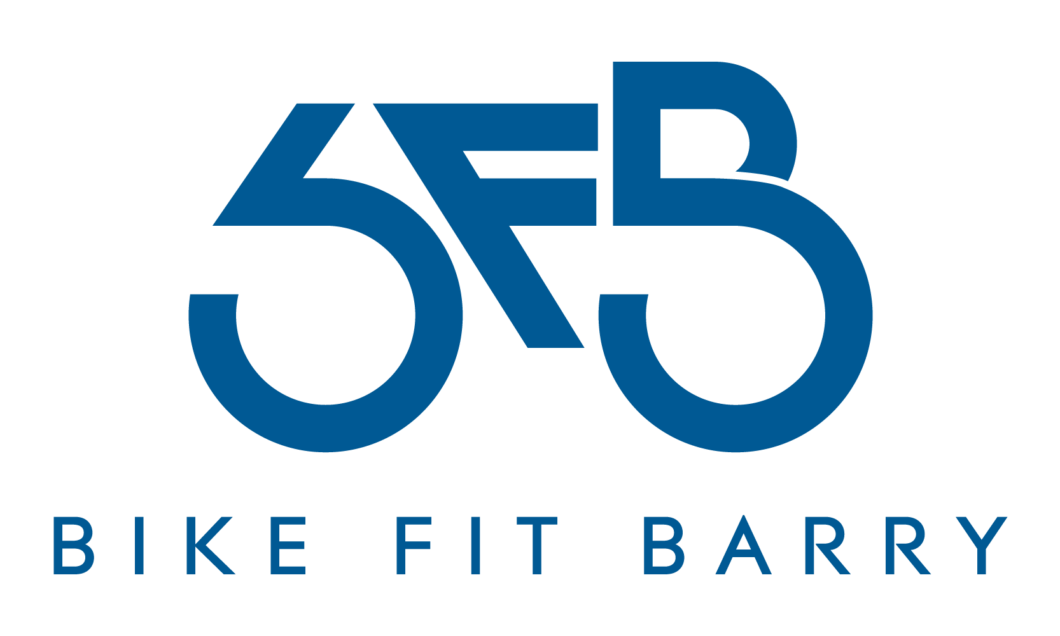
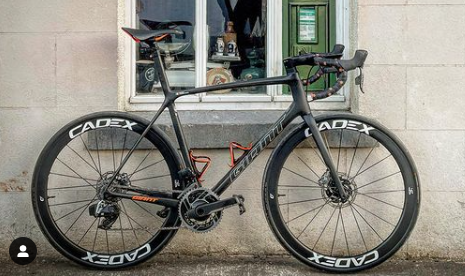

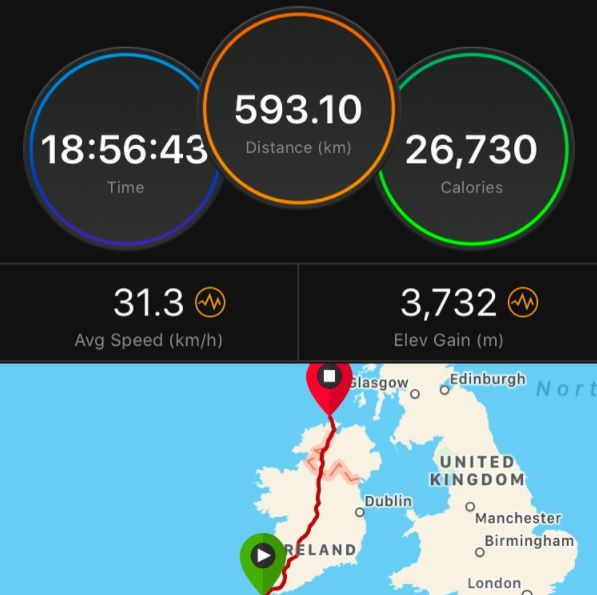
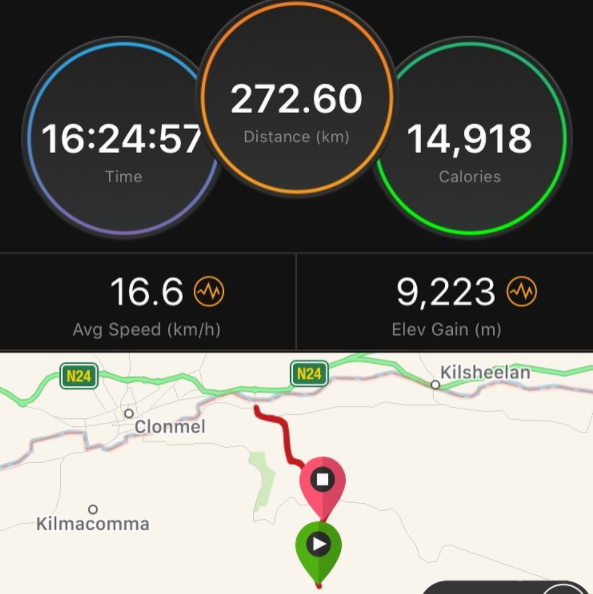
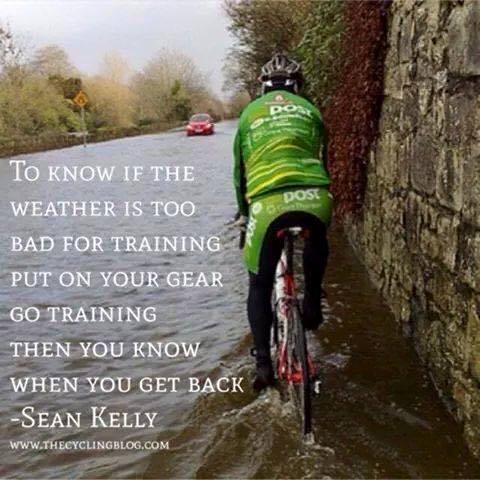
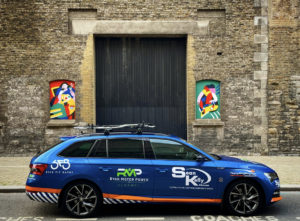
1 COMMENT
John Elliss
Very good information. I agree with these points.